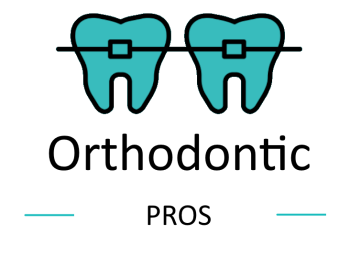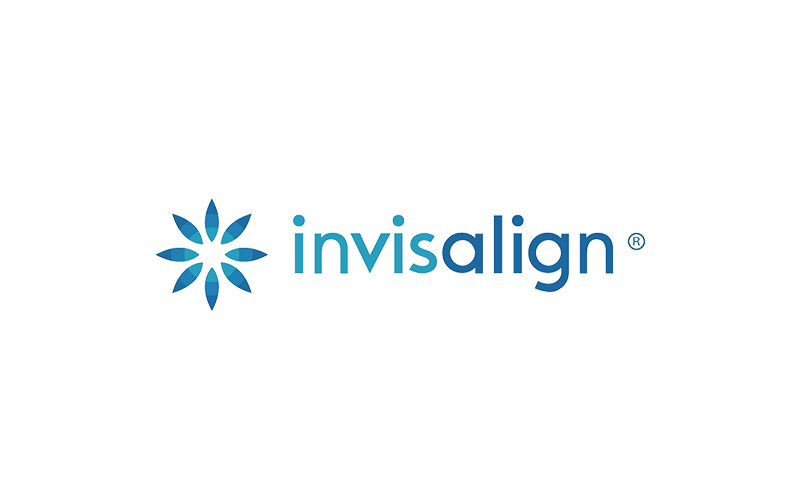Table of Contents
 Designed specifically for children aged 6 to 10, Invisalign First offers a comfortable and virtually invisible alternative to conventional braces. With its removable clear aligners, Invisalign First allows for easy oral hygiene and lets your child enjoy their favorite foods without restrictions. Discover the benefits of Invisalign First and why it’s becoming the preferred choice for early orthodontic intervention.
Designed specifically for children aged 6 to 10, Invisalign First offers a comfortable and virtually invisible alternative to conventional braces. With its removable clear aligners, Invisalign First allows for easy oral hygiene and lets your child enjoy their favorite foods without restrictions. Discover the benefits of Invisalign First and why it’s becoming the preferred choice for early orthodontic intervention.
What is Invisalign First
Creating a beautiful smile often requires a comprehensive approach that addresses various dental issues, even in early childhood, before all permanent teeth have emerged. Invisalign First represents the latest advancement in the product line, specifically designed for children. This early orthodontic treatment allows children with developing teeth to utilize Invisalign aligners to achieve straighter teeth. Invisalign First offers a convenient alternative to traditional metal braces, allowing young patients and their parents to address orthodontic concerns early on.
Invisalign First is a specialized treatment designed to effectively address various orthodontic issues in children, including tooth crowding, arch development, tooth protrusion, narrow dental arches, and spacing concerns. This innovative orthodontic system utilizes custom-designed aligner trays that gradually expand the jawline and create space for proper tooth alignment in growing children. By targeting these specific dental issues, Invisalign First aims to enhance a child’s smile’s overall appearance and function, providing a comfortable and discreet alternative to traditional braces.
Why Invisalign First?
Invisalign First is a Phase One orthodontic treatment that addresses various orthodontic issues in children. It focuses on correcting the growing jaw’s position, expanding dental arches, creating space for developing teeth, and improving the overall smile appearance. It can treat tooth crowding, dental arch narrowness, protrusion, and spacing issues. Invisalign First’s custom-designed aligner trays gradually guide dental development for optimal results.
- Correct and guide the growth of your child’s jaw.
- Create space for crowded teeth.
- Correct thumb sucking and improve minor speech issues.
- Regulate the width of the upper and lower arch.
- Correct tooth protrusion or interferences.
What is Phase One?
Phase 1 Treatment, also known as early orthodontic treatment, is recommended for children aged 6 to 10 when their teeth are still developing. During this stage, orthodontic interventions can be beneficial in addressing specific dental concerns and guiding proper tooth and jaw development. Potential issues can be identified and corrected by starting treatment early, leading to improved oral health and setting the foundation for future orthodontic treatment.
The goal of phase 1 treatment is to develop young jaws and arches to have enough room for permanent teeth to grow.
How Invisalign First Works
Invisalign utilizes dental arch expansion to widen and shape your child’s jawline gradually. By applying gentle pressure, the aligners encourage the teeth to shift and expand, increasing the dental arch’s width. This process helps create more space for proper tooth alignment and improves your child’s smile’s overall alignment and aesthetics.
Before proceeding with the dental arch expansion procedure, an initial consultation is conducted to assess whether Invisalign First suits the child’s orthodontic needs. The dentist will capture images, x-rays, and impressions of the child’s teeth if deemed appropriate. These records are then sent to a specialized lab where a personalized Invisalign First device is custom-made for the child and tailored to their dental requirements.
The number of aligners required for your child’s orthodontic treatment with Invisalign First may vary depending on their oral condition. One or two aligners may be sufficient. Additionally, specific requirements of the child’s teeth may necessitate using attachments. These attachments aid in directing the pressure from the retainer device to the teeth, assisting in achieving the desired dental alignment.

